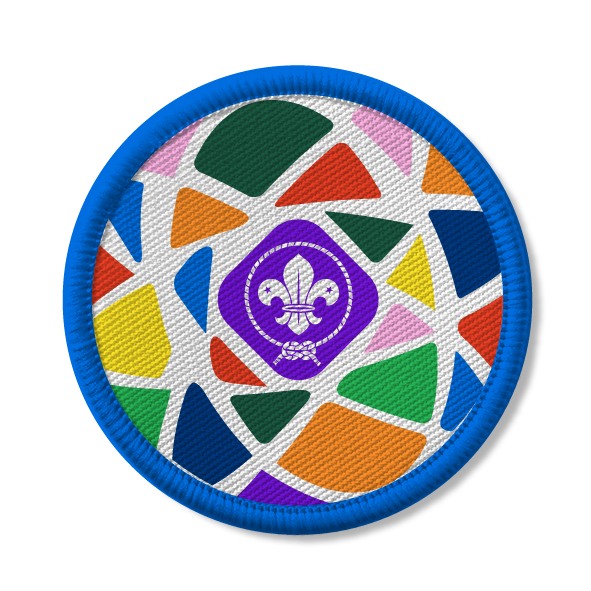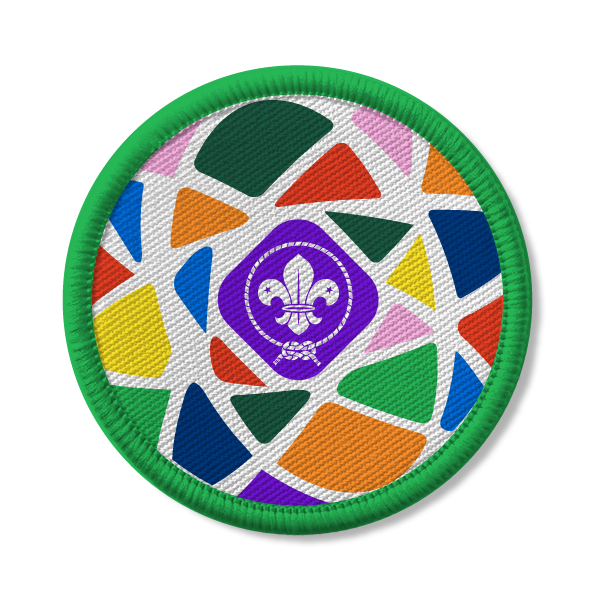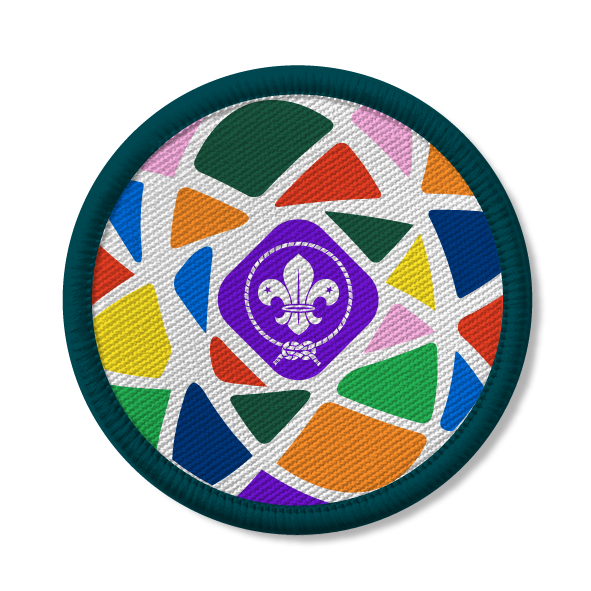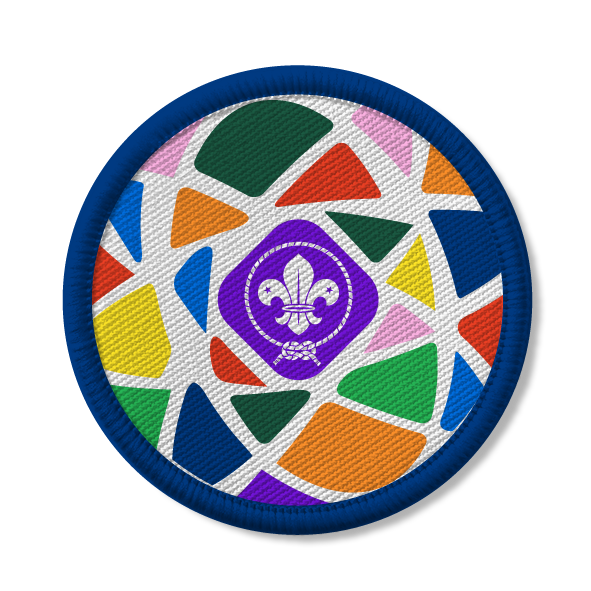
Seek out nature
You’ll need
- Pens or pencils
- Access to a computer
- Camera or phone
- Clipboards
- Magnifying glasses and binoculars (optional)
- A map or plan of a local green space (optional)
Before you begin
- Find a local green space that is safe for the group to explore.
You don’t have to go far to spot nature; you could use a garden if you have one, or just see what’s around you when you’re exercising.
- Before the visit, everyone should watch What is Biodiversity.
- If there is a local species the group knows about that does not appear on the ‘My observations’ sheet, add it to the list. Consider looking online for other local species you could find.
- Set some ground rules for the activity. Some important things to remember include:
- Being calm and quiet, so not to disturb wildlife and other people.
- Being gentle if you're handling any wildlife.
- Making sure to put any wildlife back where it was found.
- Not picking any flowers or plants.
- Staying safe and inside your set area.
- Being careful with borrowed or expensive equipment.
Run the activity
- The person leading the activity should explain to everyone that they will be exploring the biodiversity of their local area (or their own backyard if doing this activity from home). Find out what the group already knows about plants and animals in the region. See if the group knows why counting them is important and who it might help.
- Everyone should split into small groups when you arrive. Each group should be given an area of the local green space to explore. The groups need to have at least one copy of the ‘My observations’ sheet to fill in, as well as a pen or pencil and a clipboard to lean on. Each group may also need a magnifying glass and binoculars, depending on what they’re looking for. The groups should all be encouraged to record anything that isn’t on the observation sheet too.
As there is a lot of things to carry, it may be better for younger groups to be joined by an older person or the person leading the activity. Groups exploring area by roads or rivers will need to be supervised at all times.
- Each group should set off to explore their area of land. Everyone should then try to fill in the observation sheet as best they can, recording only what they see and hear. The groups should remember to check beneath logs, look up at the sky and to keep looking where they are going!
How much each group can record may depend on how much equipment they have and where they are. All groups should try to fill in their ‘My observations’ sheet with notes and drawings. Some may be able to take photographs with a device, while others can observe smaller or more distant objects with magnifying glasses and pairs of binoculars.
- When everyone has finished, the person leading the activity should get everyone back together again and return to your meeting place. Once there, everyone can share their findings and help identify any unknown wildlife. Use the internet to identify wildlife that no-one is able to name:
- Everyone should put together a chart of their findings. Use categories to separate animals and plants, such as ‘mammals,’ ‘birds’ or ‘trees.’

This activity helps contribute towards some of the UN's Sustainable Development Goals. Find out more about the SDGs, and how Scouts across the world are getting involved.

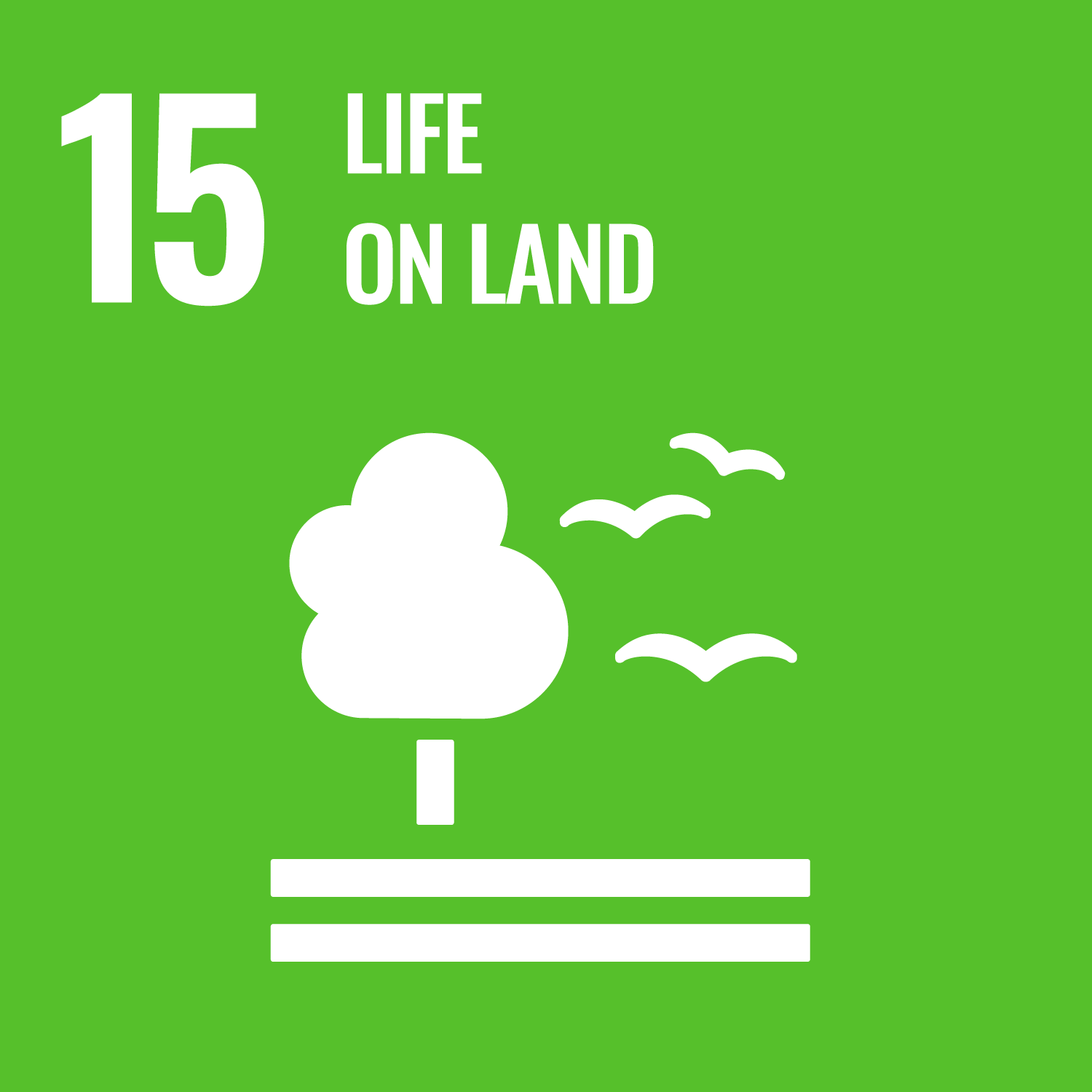
Reflection
The group has explored the biodiversity of their local area. Knowing the biodiversity in a particular place allows us to monitor change and address issues. Which of the group’s findings surprised them the most? What were the most common forms of wildlife and what were the least common? What was it like being David Attenborough for a day?
After exploring a local green space, the group shared their findings to create a chart of the local wildlife. Would they regard the local biodiversity to be typical of the UK (like other places they have visited), or was it different? Did the findings reveal any problems and has it inspired anyone to do more to protect and preserve biodiversity?
Safety
All activities must be safely managed. You must complete a thorough risk assessment and take appropriate steps to reduce risk. Use the safety checklist to help you plan and risk assess your activity. Always get approval for the activity, and have suitable supervision and an InTouch process.
- Outdoor activities
You must have permission to use the location. Always check the weather forecast, and inform parents and carers of any change in venue.
- Animals and insects
Be aware of the risks before interacting with animals. Be aware of anyone with allergies, and make alternative arrangements for them.
- Gardening and nature
Everyone must wash their hands after the activity has finished. Wear gloves if needed. Explain how to safely use equipment and set clear boundaries so everyone knows what’s allowed.
- Science
Supervise young people, and only do science activities that are advised and age appropriate for your section. Test activities first, to make sure you’re confident you can lead them safely. Use protective clothing where necessary.
- Near water
Manage groups carefully when near water. The guidance on activities near water will help you to keep your group safe.
- Phones and cameras
Make sure parents and carers are aware and have given consent for photography.
- Online safety
Supervise young people when they’re online and give them advice about staying safe. Take a look at our online safety or bullying guidance. The NSPCC offers more advice and guidance, too. If you want to know more about specific social networks and games, Childnet has information and safety tips for apps. You can also report anything that’s worried you online to the Child Exploitation and Online Protection Command. As always, if you’ve got concerns about a young person’s welfare, including their online experiences, follow the Yellow Card to make a report.
- Challenge members of the group to find some animal or plant species not listed on the ‘My observations’ sheet. They may need some additional time to do this.
- Younger groups may find it easier to observe a smaller area and find fewer species.
- When giving each group an area to explore, take care to assign flatter, more open areas to those with mobility issues.
- Ensure that those with sensory differences are calm in their group/area, and make sure everybody is comfortable outdoors carrying pieces of equipment.
All Scout activities should be inclusive and accessible.
Schedule regular biodiversity checks to be carried out at different times of the year. For example, you could make a chart for all four seasons. Make a note of which species disappear, and which ones remain, until the group has a detailed knowledge of the local wildlife.
Discover more at https://www.wwf.org.uk/

